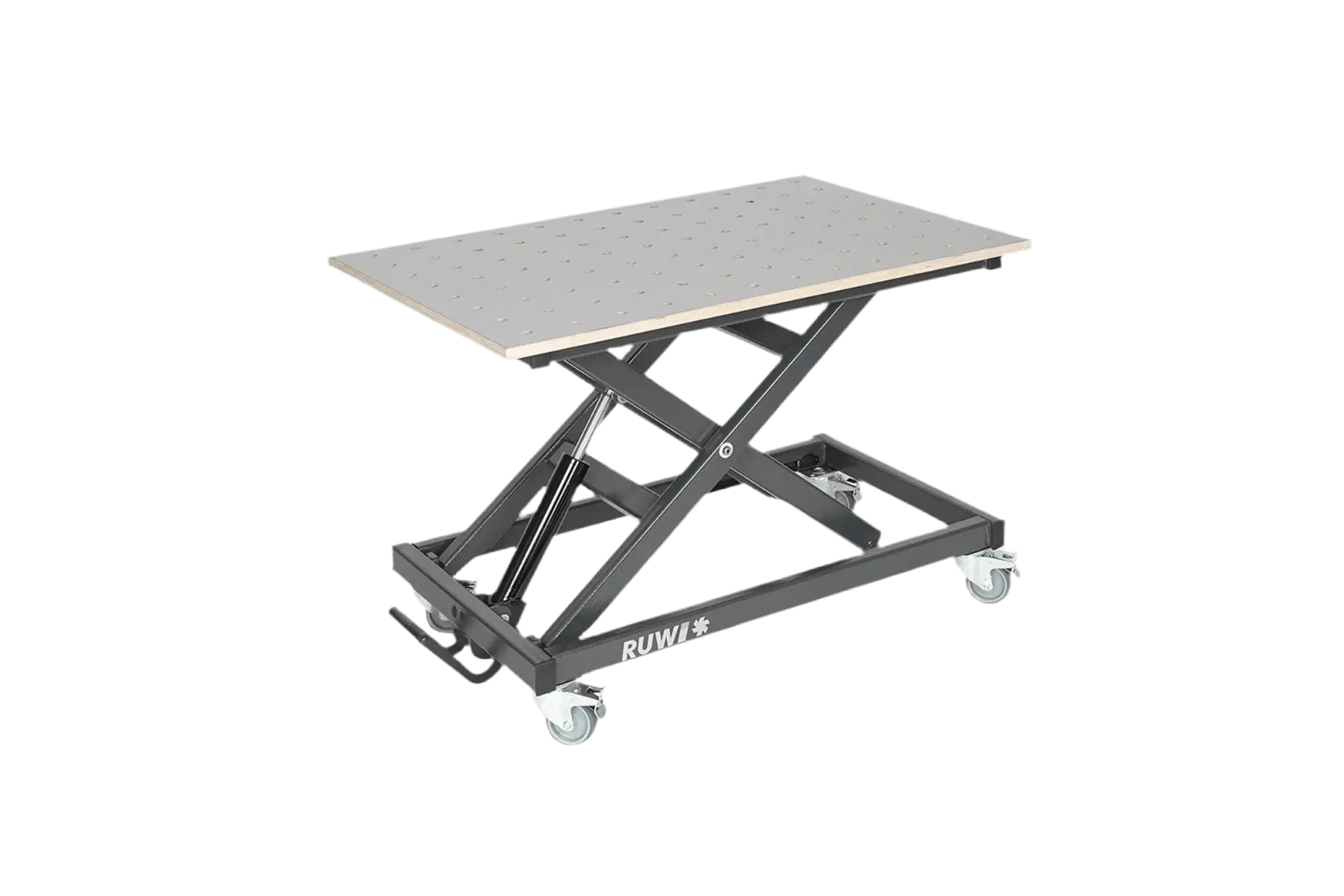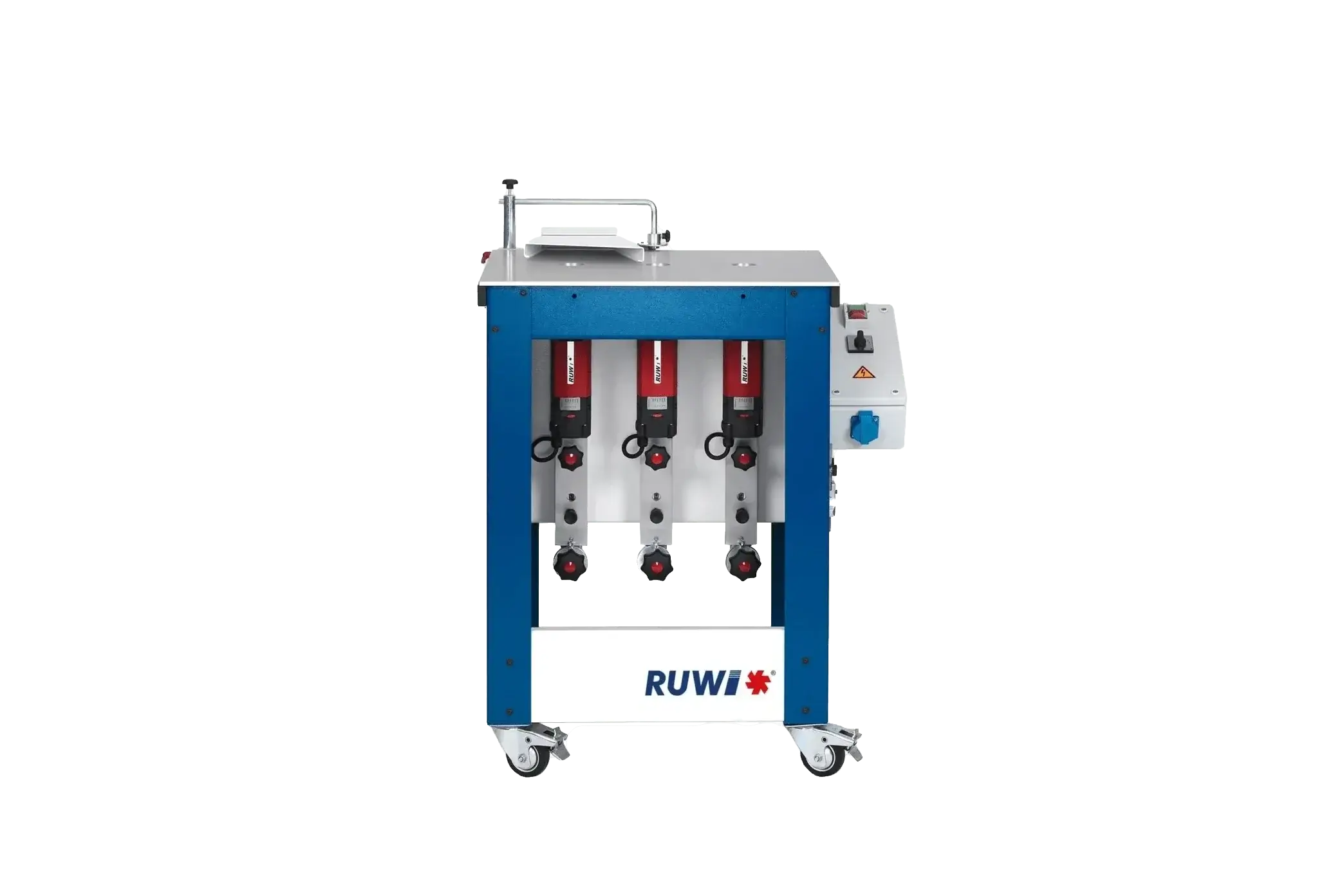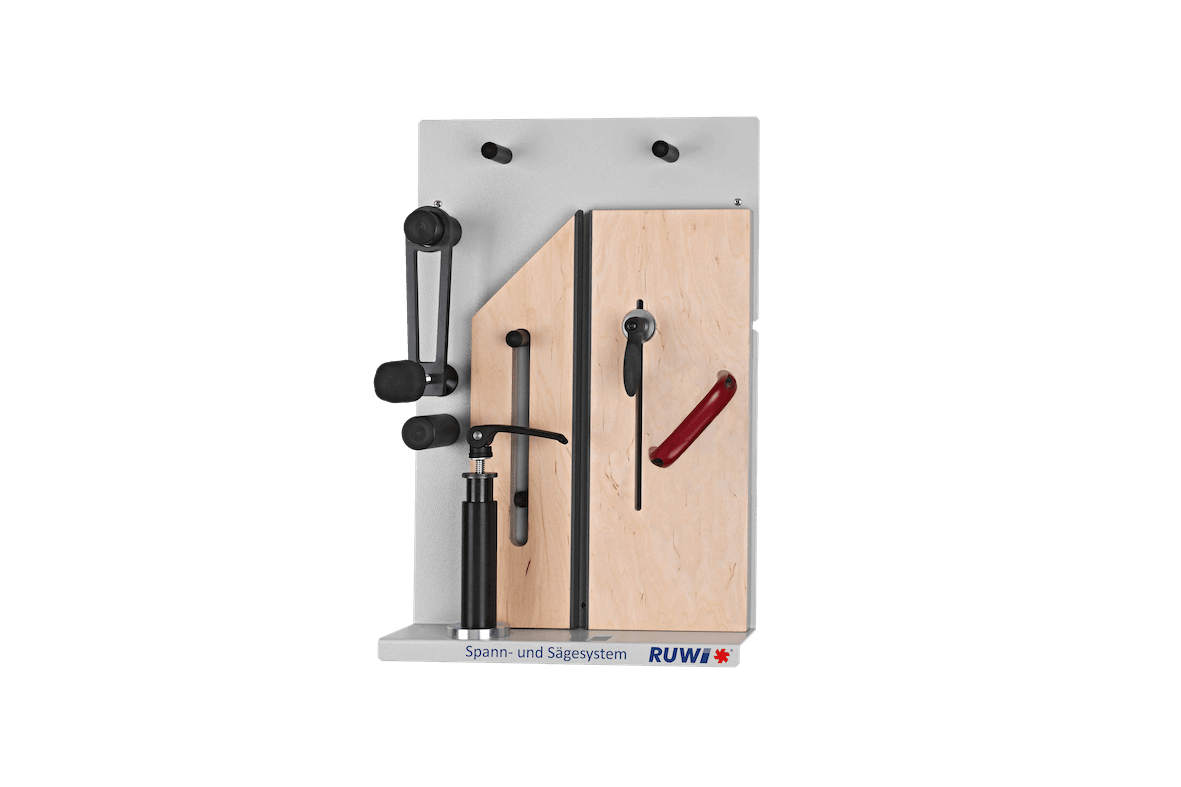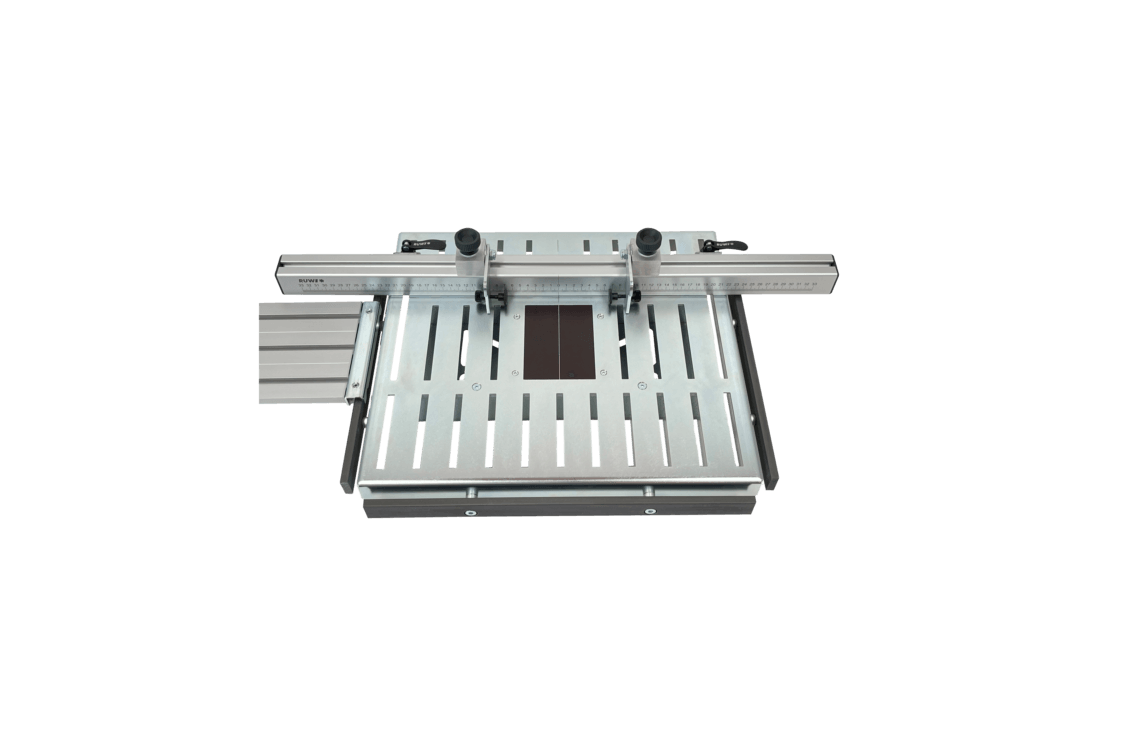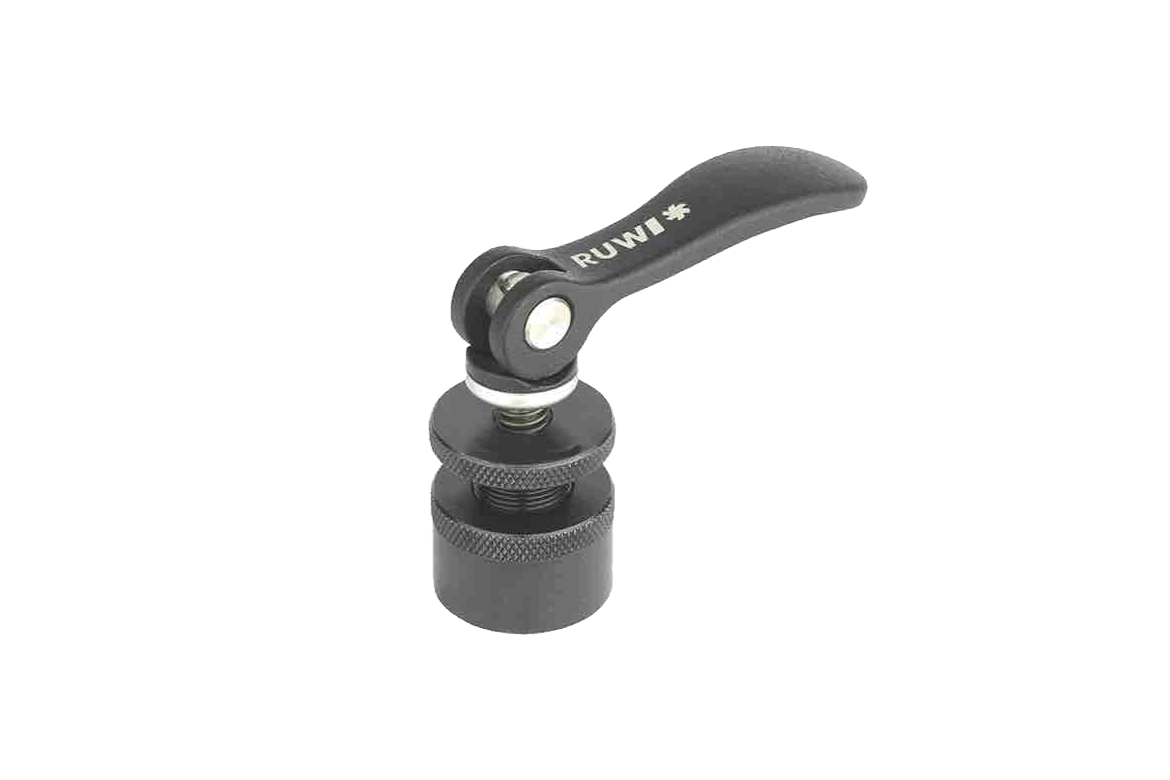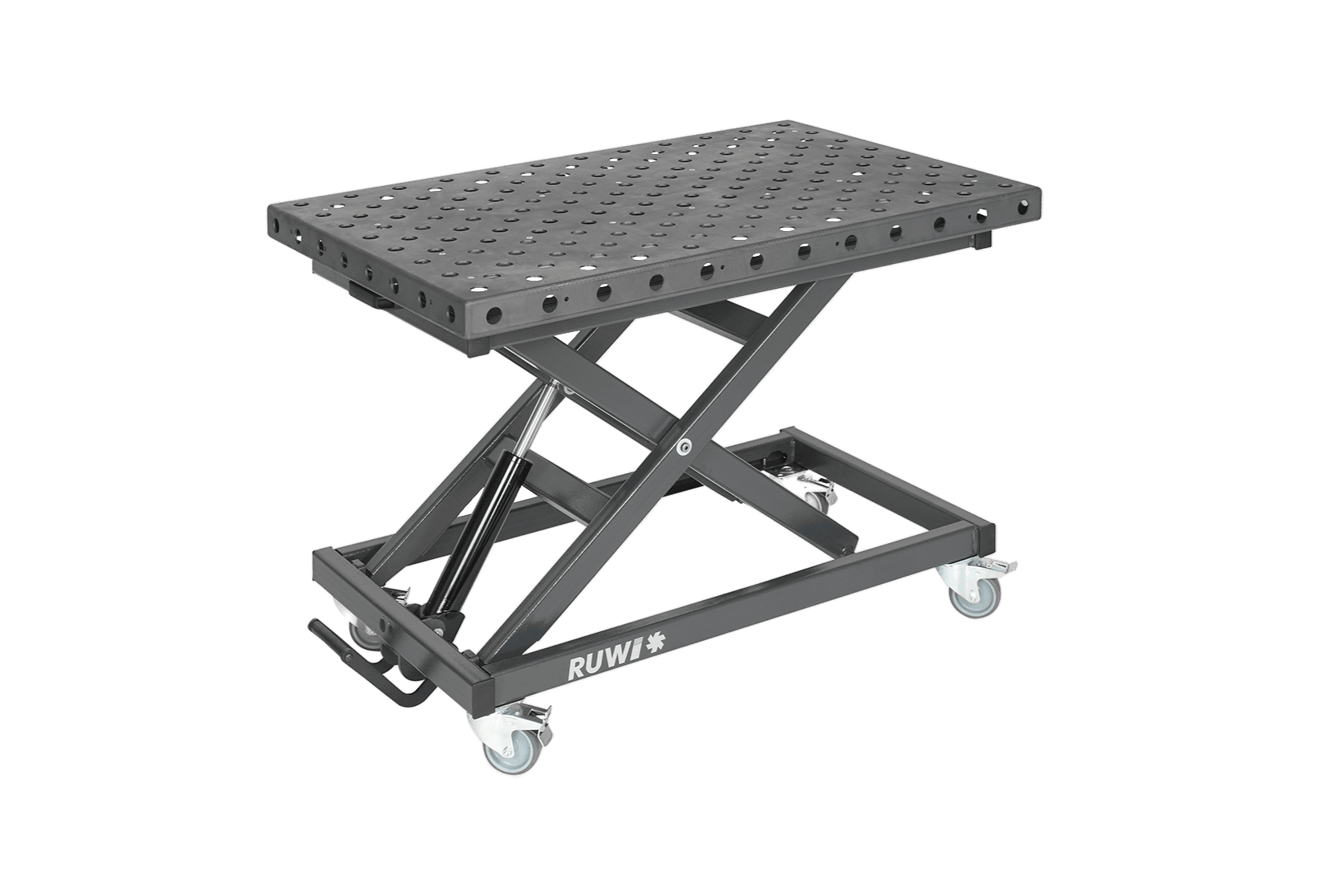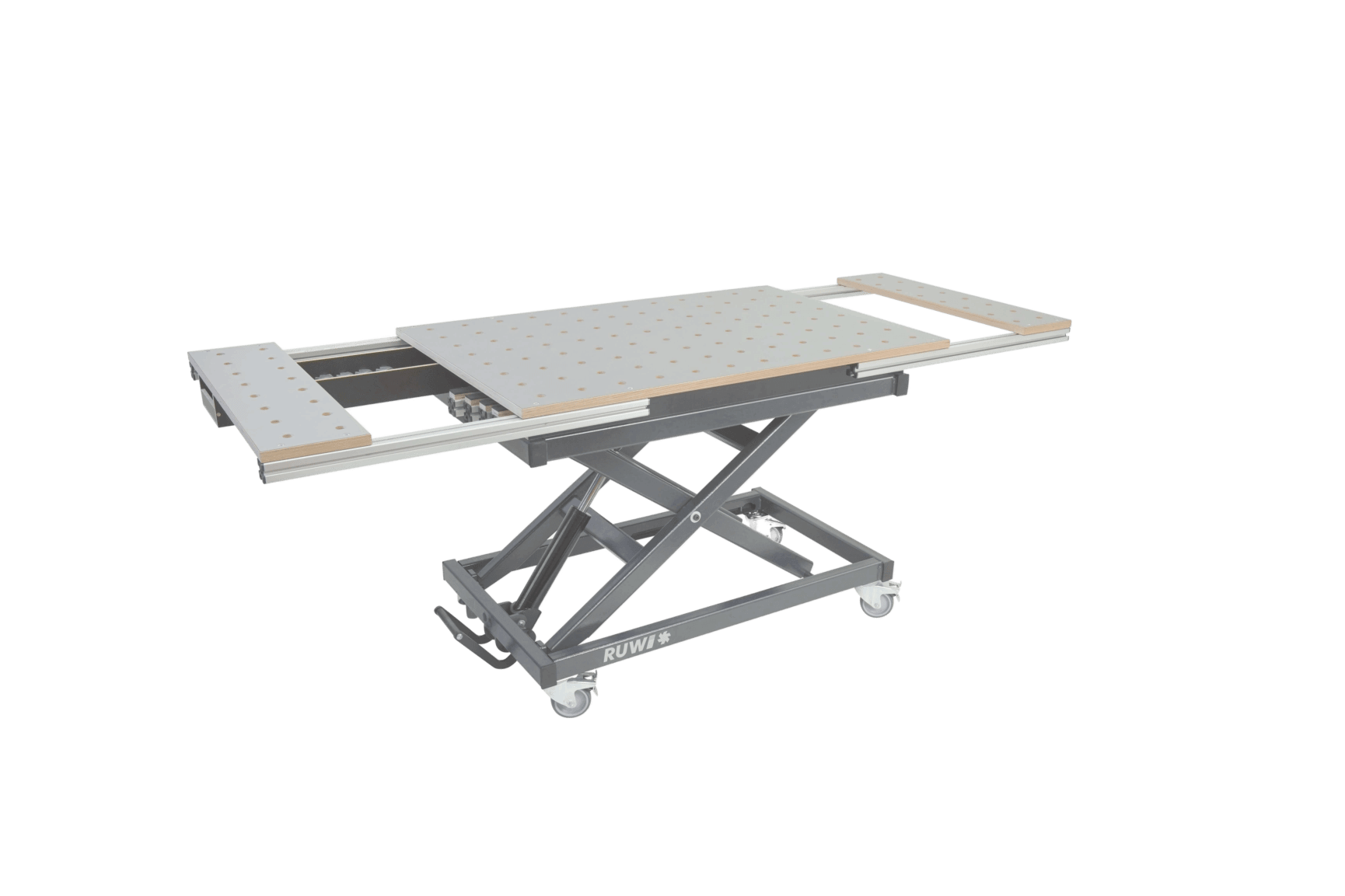Milling in woodworking
Definition and explanation of the production technology
Milling means removing any contours from a stationary workpiece. It is a machining process and is used as a broaching process for shaping.

Milling is an extremely versatile machining process. In this article, you will learn how milling works and what you need for it. We will also show you the most important technical principles and methods used when milling wood.
Table of contents
- Meaning: Milling explained simply
- What types of milling are there in woodworking?
- Technical basics of milling
- Milling tools for wood milling
- Milling materials used
- Milling in woodworking professions
- Practical application: What can be milled?
- Historical background to milling
Meaning: Milling explained simply
Milling is a machining, shaping process with which you can machine almost all solid materials. With wood milling in particular, you benefit from comparatively simple, easy-to-use devices - in contrast to the more complex metal milling. When milling, you can remove any contours from a workpiece, e.g. circumferential edges or grooves, steps, pockets or hole patterns. Uneven or cracked surfaces can also be milled flat. This process is correspondingly versatile.
What types of milling are there in woodworking?
There are numerous types of milling, depending on the direction of travel, material or desired shape. A central point is always the question of climb milling or up-cut milling.
Milling process overview
A distinction is made between manual and CNC milling:
- Manual milling: You move the workpiece or the milling cutter by hand. This can be freehand milling (e.g. with a router) or working with a special milling device.
- CNC milling: Here, the workpiece is clamped in a machine and guided by an automated system. Manual milling is usually more relevant for private users.
You can also differentiate in the manual area:
- Freehand routing: With a router or router table without a fixed template.
- Jig milling: You use a milling jig (e.g. face, form, profile, 3D or CNC milling).
Milling process according to running direction
Up-cut milling: The milling cutter rotates in the opposite direction to the feed direction. This makes removal quick and relatively easy to control, but edges can tear out more easily.
Synchronized routing: The direction of router bit rotation and the feed rate are the same, which often produces smoother edges but is more difficult to guide. The cutter "pulls" the workpiece and can tear it out of your hands. Therefore less recommended for inexperienced users.

Technical basics of milling
You need a milling machine for milling. In woodworking, this is often a router, which you can also convert into a router table or a router jig. Factors such as speed, feed rate and cutter diameter are important.
Cutting width
If you are milling through the middle of the material (e.g. a groove), the cutter diameter determines the cutting width.
Feed movement
The feed rate indicates how quickly you feed the router bit into the wood. Harder material or larger cutter diameters require a lower feed speed.
Cutting speed
The cutting speed depends on the hardness of the material, cutter diameter, speed, torque and feed rate. Choose slower settings to avoid damage if you are unsure.
Milling tools for wood milling
The most important thing is the milling head. There are hundreds of different designs and types, for example:
- Profile cutter
- Chamfer cutter
- Rounding cutter
- Flush milling cutter
- Grooving cutter
- V-groove cutter
- Type cutter
- Finishing or roughing cutters
- Slotting cutter
- Rebate cutter
- Finger router
- Drill cutter
- Milling cutter with interchangeable inserts or cutting edges
Choose the right tool for each work step so that you achieve clean results and do not damage the operator or the tool.
Milling materials used
Woodworking machines are designed for wood and some plastics. Metal or solid surface materials require specialized equipment. As a private DIY enthusiast, you can generally mill the following materials reliably:
- Wood (solid wood, hardwood, softwood)
- Wood-based materials (MDF, plywood, chipboard)
- Plastics (depending on machine & milling cutter)
- Rarely light metals (under certain conditions)
Milling in woodworking professions
After woodturning, milling is one of the most important shaping processes in woodworking. You will find it in almost all woodworking professions, for example:
- Carpenter / Cabinetmaker
- Carpenters
- Toymaker
- Boat builder
- Instrument maker
- Stair builder
- Interior decorator
Routers are becoming increasingly important in carpentry, for example for precise tenons and holes in beams. Whether you are inlaying a cupboard door or planning a tree slice - the router is versatile and valuable.
Practical application: What can be milled?
Milling, especially with the aid of a milling device, is a large field for both amateurs and professionals. Typical milling tasks are
- Surface milling: Leveling of surfaces, e.g. smoothing rough wood or tree slices.
- Format milling: A workpiece is brought to the desired angularity.
- Profile milling / profiling: E.g. chamfering edges, rounding off or making decorative profiles.
- Structural milling: Milling of hole patterns, pockets or recesses in the surface.
- Groove milling: The creation of grooves, rebates, e.g. for tongue-and-groove joints.
You can work precisely and safely, especially with a milling device or milling table. This allows you to achieve good results quickly, even if you have little experience.

Historical background to milling
Milling has a long tradition in woodworking. As early as the Stone Age, our ancestors used simple tools (e.g. drills made of bone) and sand to work wood. With the triumphant advance of shipbuilding and the furniture industry, tools continued to evolve. Asia, especially China, India and Japan, already demonstrated a high level of craftsmanship in the Middle Ages. In the course of the industrial revolution, the milling processes we know today became established. Much of this was later transferred to metalworking. Nowadays, milling is one of the most important methods of precision machining in series production - and it has also become indispensable in the woodworking and DIY sectors.


